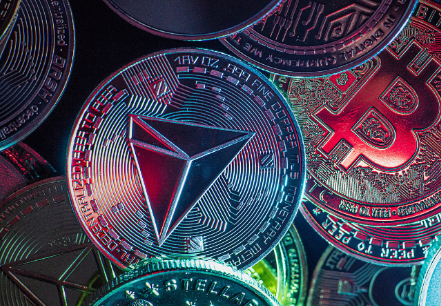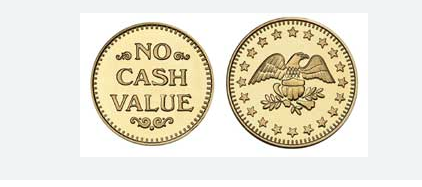Investing in Chainlink: When to Buy or Sell for Maximum Returns
The world of cryptocurrency can be a daunting place, filled with volatile markets and cryptic jargon. Among the myriad of tokens available, Chainlink (LINK) stands out as a crucial player due to its unique role in connecting smart contracts with real-world data. Investors frequently ask about Chainlink pricing dynamics, motivated by the potential of this oracle network to drive decentralized finance (DeFi) and enable innovation. Understanding its pricing can be the key to unlocking lucrative investment opportunities.

Detailed Answer to Chainlink Pricing
Chainlink pricing is influenced by various factors, including market demand, utility within the ecosystem, and the overall performance of the crypto market. Currently, LINK operates as a token that incentivizes node operators to provide reliable data feeds. The more demand there is for these data feeds—like price feeds for DeFi applications—the greater the demand for LINK.
Additionally, Chainlink has formed numerous partnerships and integrations with projects across the blockchain space, enhancing its utility and demand. Regularly tracking these developments is essential, as milestones or significant partnerships can spike LINK's value. Furthermore, macroeconomic factors such as inflation rates, global financial stability, and government regulations also play a pivotal role in Chainlink’s pricing trajectories.

Considerations
When evaluating Chainlink's pricing, several considerations must be taken into account:
Regulatory Environment: Cryptocurrency regulations can drastically affect price trends. Pay attention to government policies and regulations surrounding cryptocurrencies as they develop.
Market Sentiment: General mood within the crypto market can cause rapid price fluctuations. Staying updated with news and trends will allow for better timing in potential investments.
Technological Updates: Chainlink regularly updates its platform. Bugs or improvements can impact the price, so it’s wise to follow their development updates closely.
Partnerships: Monitoring any new collaborations or integrations Chainlink engages in can give insights into potential price movements.
Tokenomics: Understanding supply metrics, such as the total supply of LINK and how that affects scarcity and demand can provide clarity regarding its long-term price potential.
Buy or Sell: When is the Right Time?
Determining the appropriate timing for buying or selling Chainlink tokens hinges on various factors. Generally, purchasing is advisable during key market dips or when there is significant positive news about Chainlink’s partnerships or updates. For example, if Chainlink announces a crucial partnership with another high-profile blockchain, it’s typically worth considering an investment before an anticipated price surge.
On the flip side, if Chainlink’s price has significantly risen without substantial backing from real-world fundamentals, it may be appropriate to analyze selling opportunities. Constant vigilance and research are crucial; employing a mix of technical analysis and staying abreast of industry news can greatly enhance your decision-making process.
Conclusion
In a rapidly changing cryptocurrency landscape, understanding Chainlink pricing is essential. From market demand to technological advancements, various factors impact pricing. As you navigate investments, remember to consider external regulations and market sentiment. Whether deciding to buy or sell, educated decisions can lead to greater success in your investment journey. Stay informed and embrace the dynamics of Chainlink pricing!